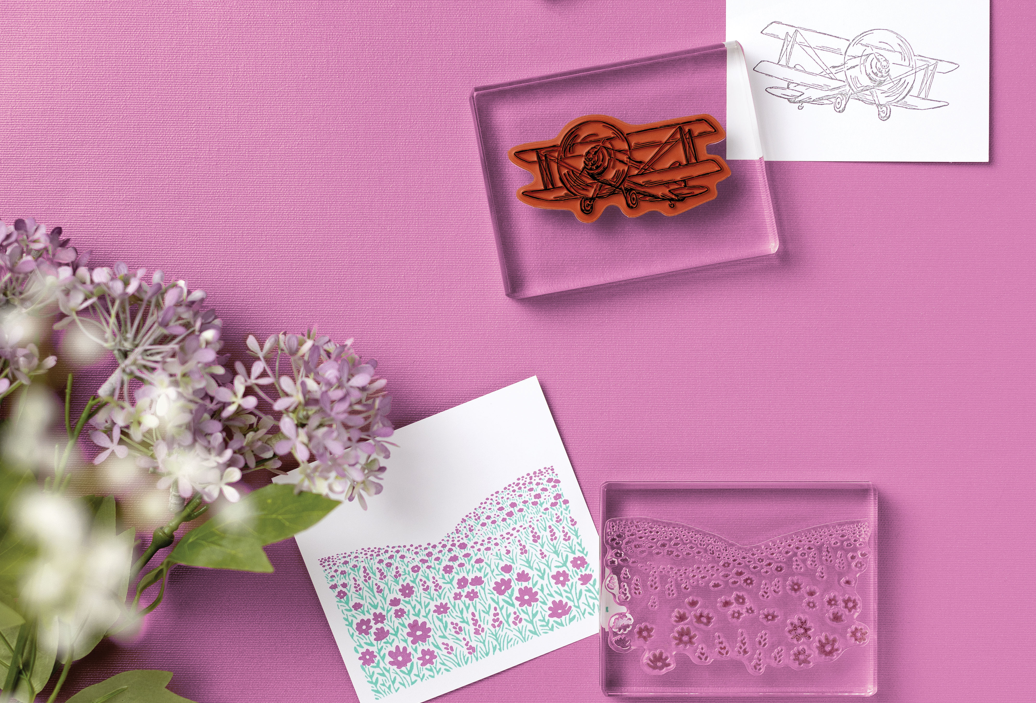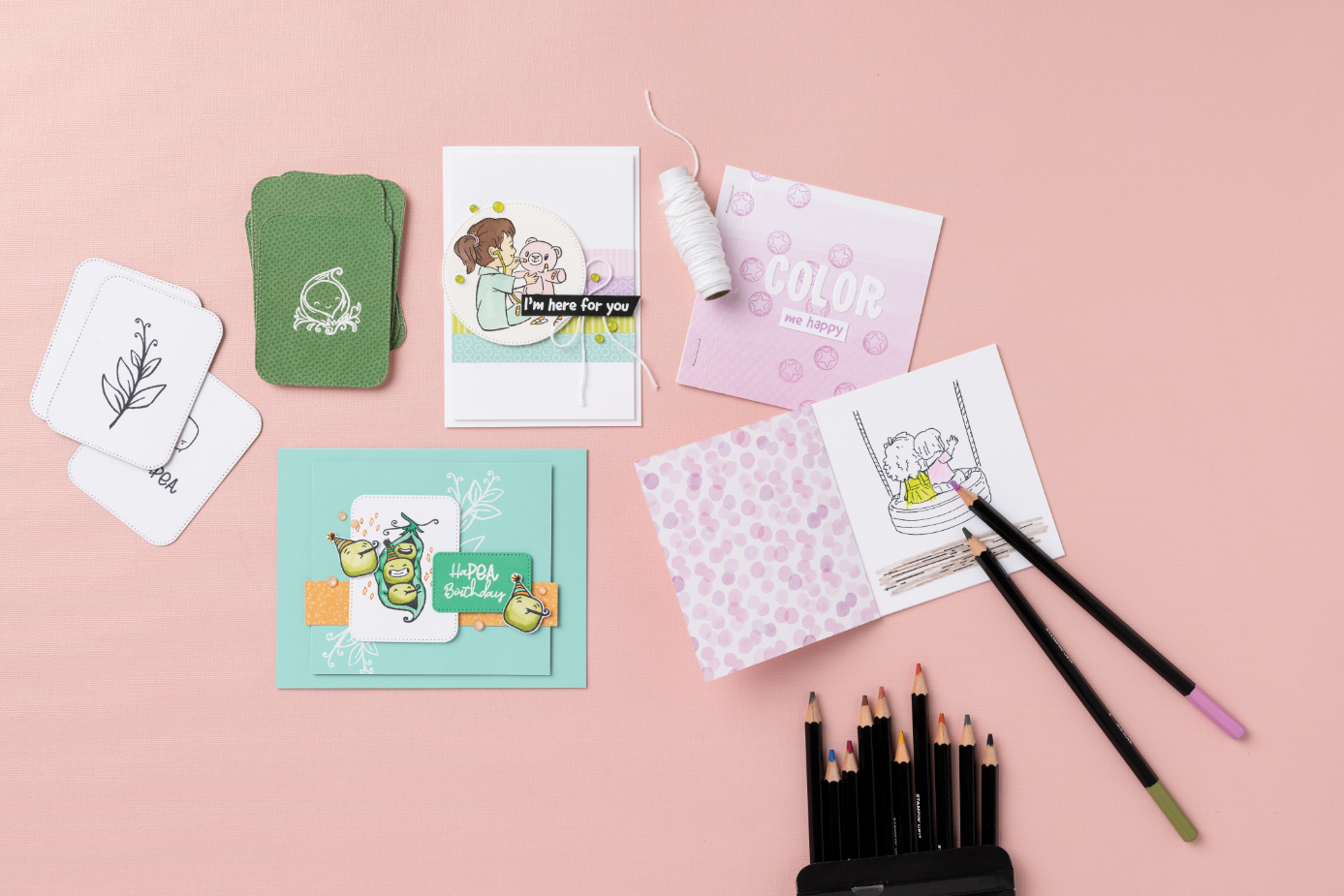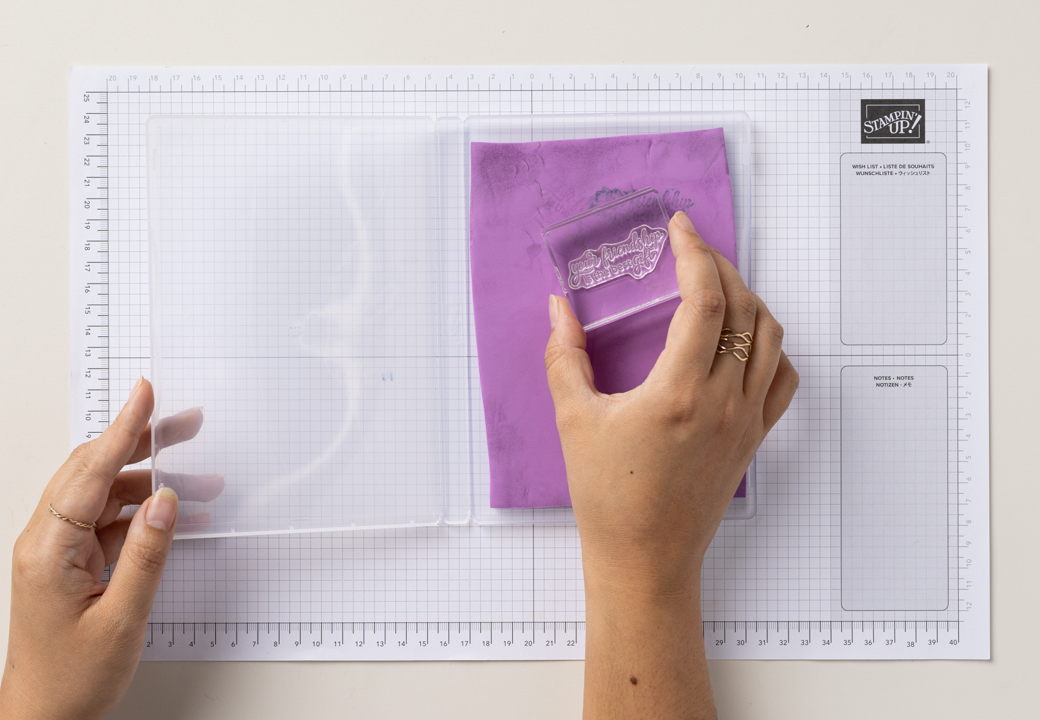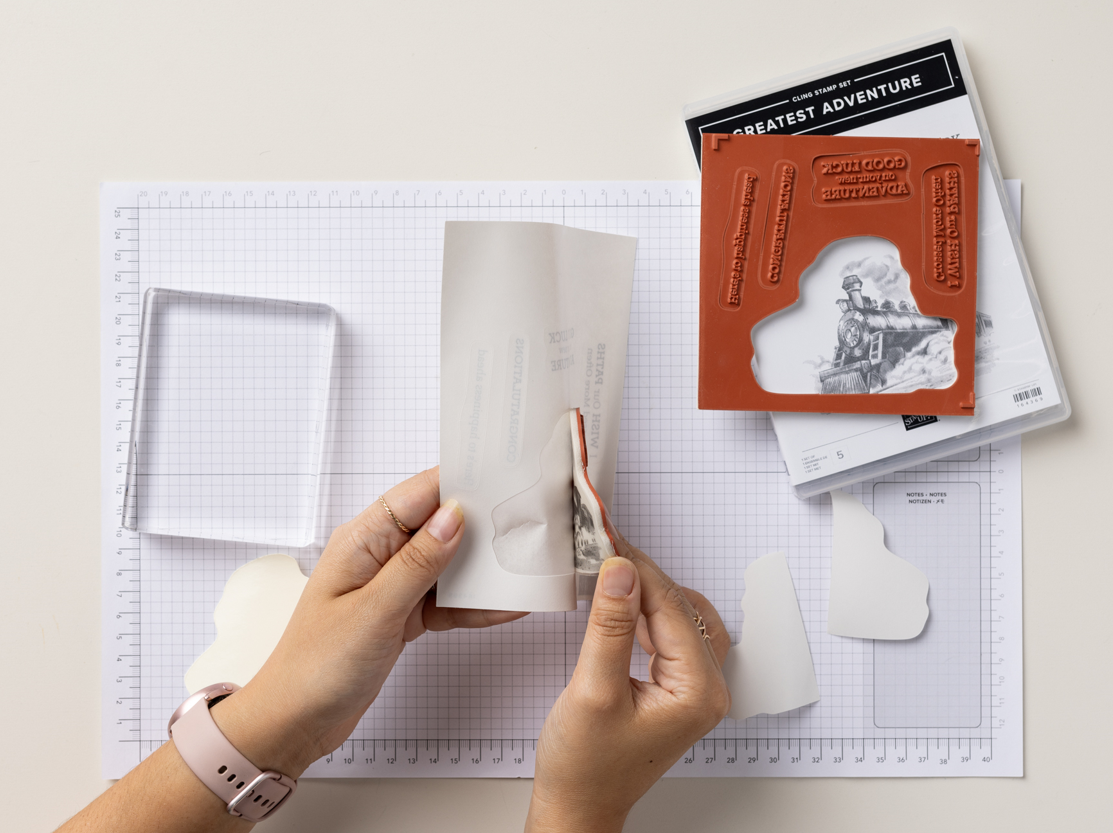The Art of Stamp Crafting: A Beginner’s Guide
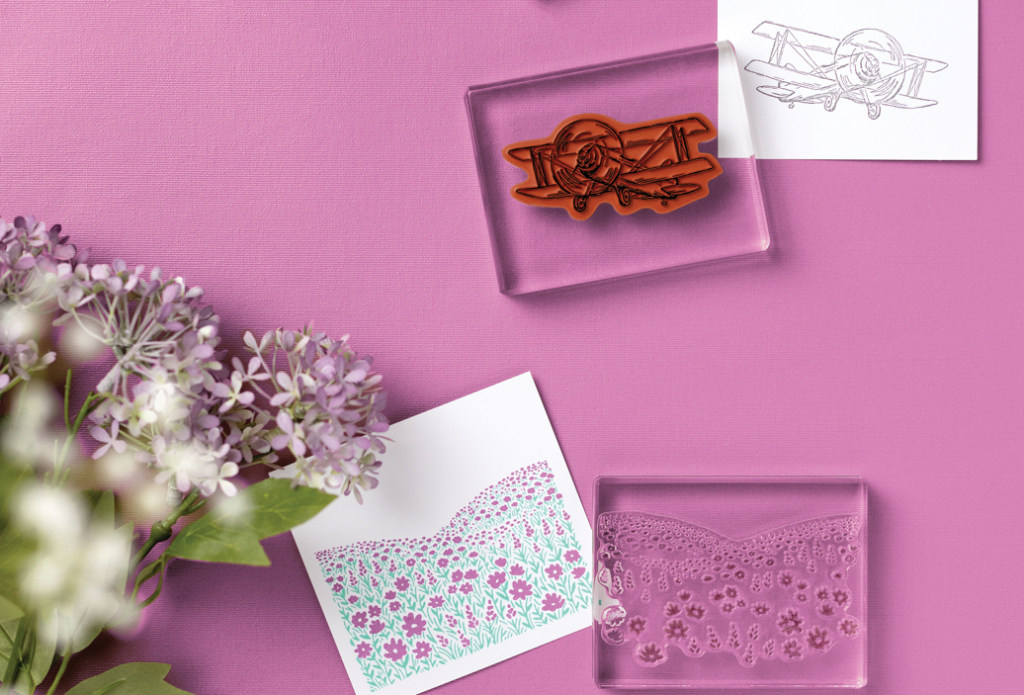
Using stamps in paper crafting is a fun way to personalize your creative sentiments. Whether you’re scrapbooking, making cards, or designing your own gift tags, decorative stamps help deliver uniquely caring messages to your friends and family, all while you get to experience the creative joy of paper crafting. With a few easy tips for beginners and some basic stamping supplies, you’ll be ready to start crafting with stamps in no time!
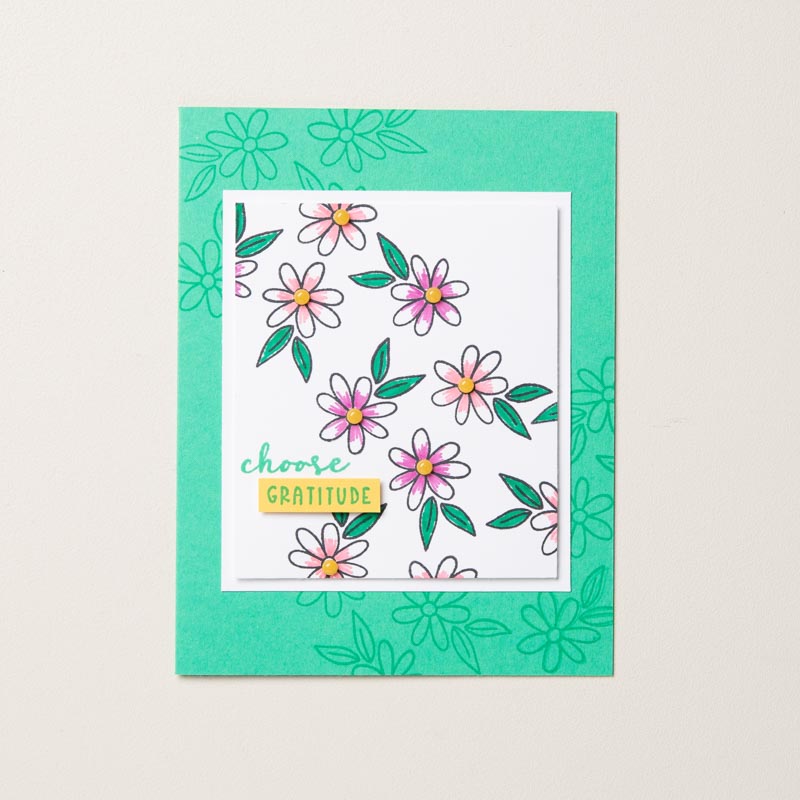
Getting Started with Stamp Crafting
When looking for examples of stamp art, you may find yourself intimidated by expert techniques and tricky-looking tools. Rest assured that there is a wide world for beginning stampers, and we’re here to introduce you to the basic tools you’ll need for making cards with stamps and even how to choose your very first stamp set.
Essential Stamping Tools for Beginners
While there’s no need to get overly complicated in your supply list as a beginning stamper, there are a few critical items as well as some basic stamping tools that will add ease and convenience to your stamping experience. Let’s start with the must-haves: stamps and ink!
Stamps: Creating stamp art without stamps is, well, impossible. While you can technically stamp with most anything, starting out with some simple but well-designed rubber or photopolymer stamps will make for a much more enjoyable crafting experience. This is the piece of your toolset that will largely determine the design of your stamp art and carry the ink to your paper. Keep in mind that you’ll also need a stamping block for both our cling (red rubber) and clear photopolymer stamps (but more on that later).
Ink: Using the right kind of ink in your stamping project will help ensure that your creation looks neat and crisp and that it stays that way for years to come. As a beginning stamp artist, you’ll find great success in using already-inked pads for your stamps. Getting a simple black ink pad like this will ensure you have quality ink that won’t bleed or smudge on your paper and will also give you the perfect outline for filling in with colored pencils or markers if desired.
To be honest, that’s all you need in order to get started with basic stamp crafting! However, there are a few items you may want to add to your toolset for an even better stamping experience.
LEARN MORE: Reasons To Craft: Celebrate The Year
Stamp cleaner: Cleaning your stamps is crucial to caring for your crafting supplies. It increases their lifespan as well as maintains their effectiveness in producing the nice, clear lines you want to see each time you press your inked stamp onto paper. Using a gentle cleaning mist on your stamps makes wiping them clean after each use easy.
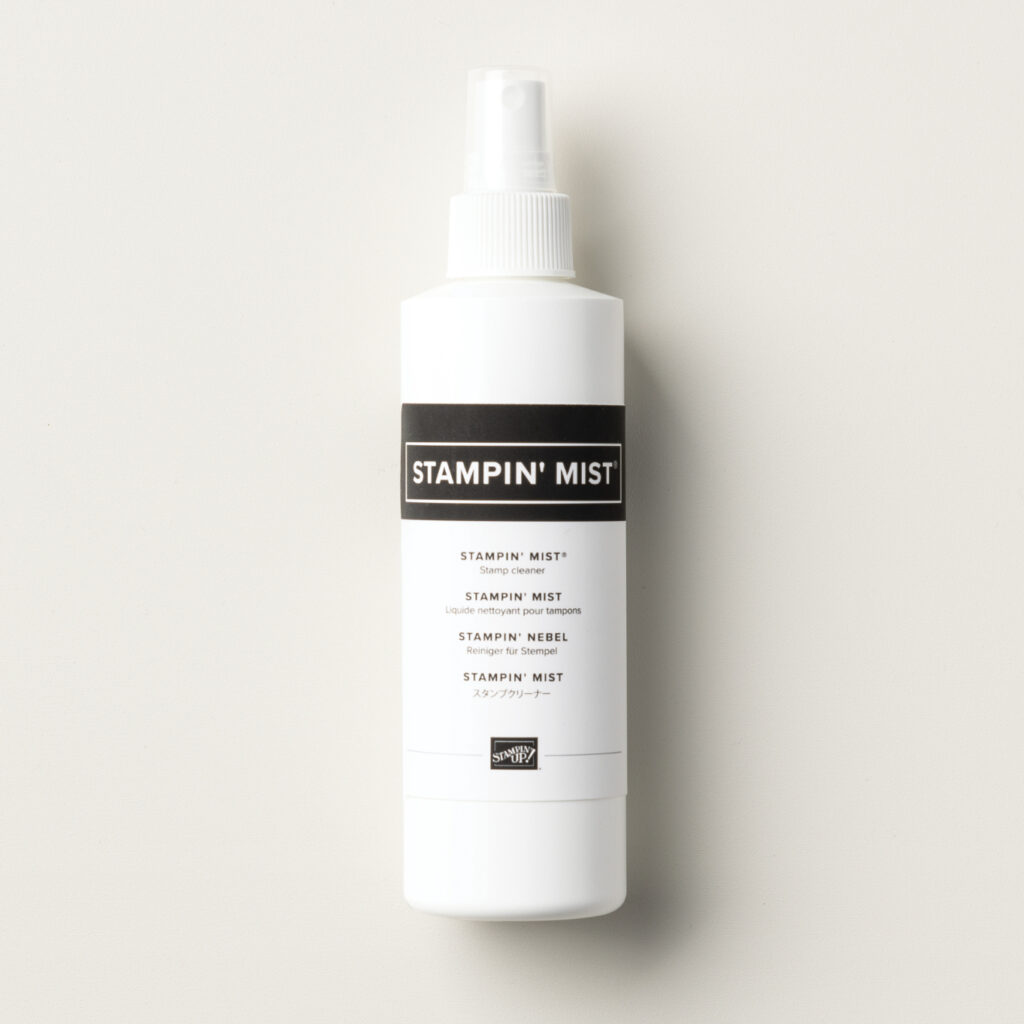
Stampin Scrub™: Having a portable and packable scrub tray in which to lightly brush your stamps clean after misting them is a convenient way to care for them as well. This helps to pull ink away from any deeper nooks and crannies in the stamp design without using anything sharp or abrasive that may damage the rubber or photopolymer. Another gentle cleaning option for your stamps is a durable, lint-free shammy, which also works great with water for removing ink.
Grid paper: Grid paper is a perfect stamping tool for protecting your workspace, blotting stamps or sketching designs, using as a ruler, and aligning stamps evenly. This works particularly well with clear photopolymer stamps where you can see exactly where you’re placing the stamp design.
Choosing Your First Stamp Set
Choosing your first craft stamp set is an exciting part of paper crafting. The decorative stamps you choose will help determine the kinds of cards and other paper crafts you can create and the messages they contain. When starting out as a stamper, it’s a great idea to lean toward a set that doesn’t limit your options this way!
For example, a stamp set that contains an assortment of sentiments fitting for celebrations, condolences, and “just because” messaging would make an ideal first collection.
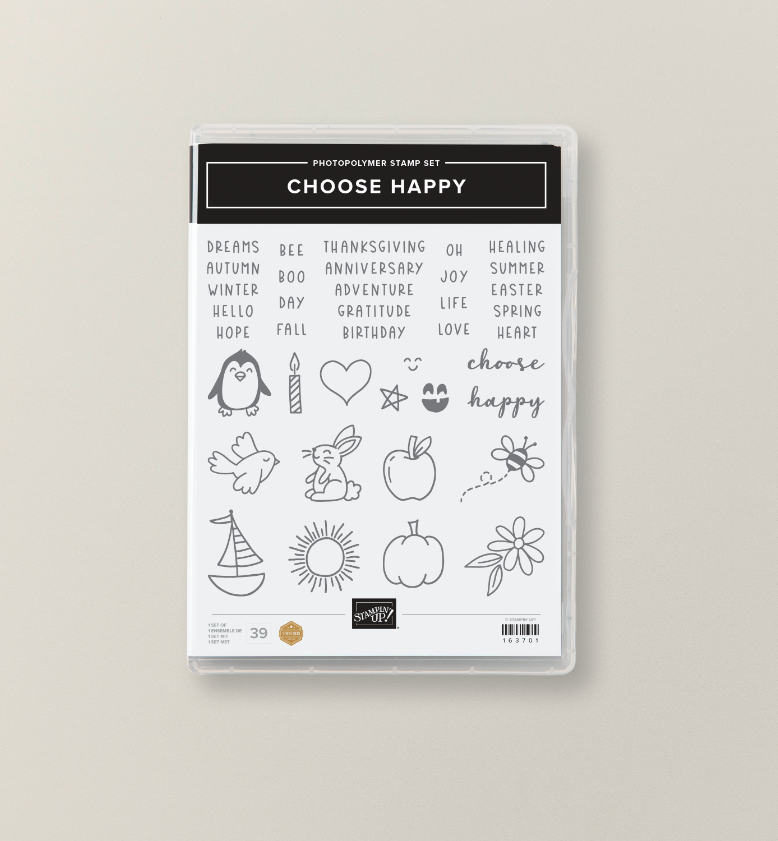
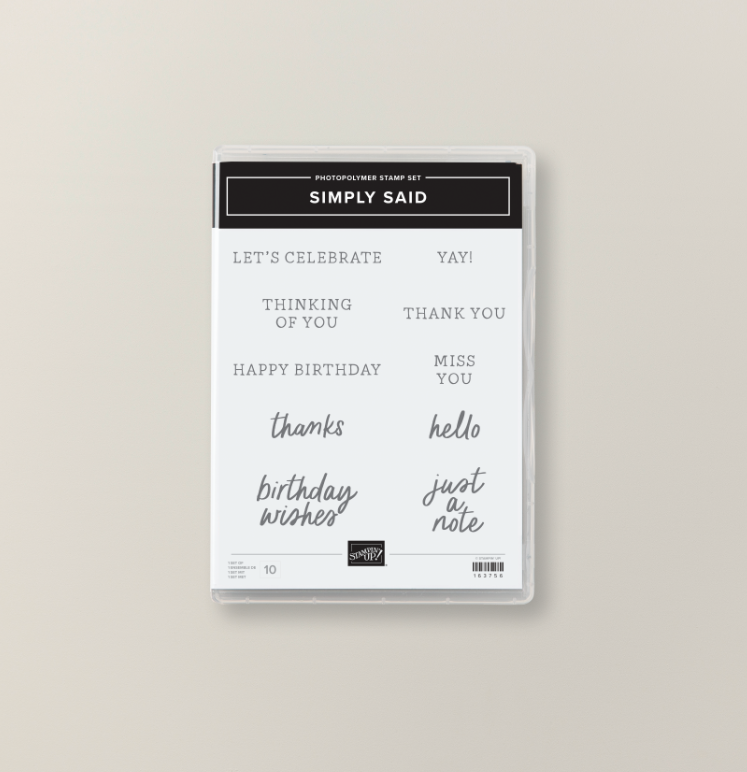
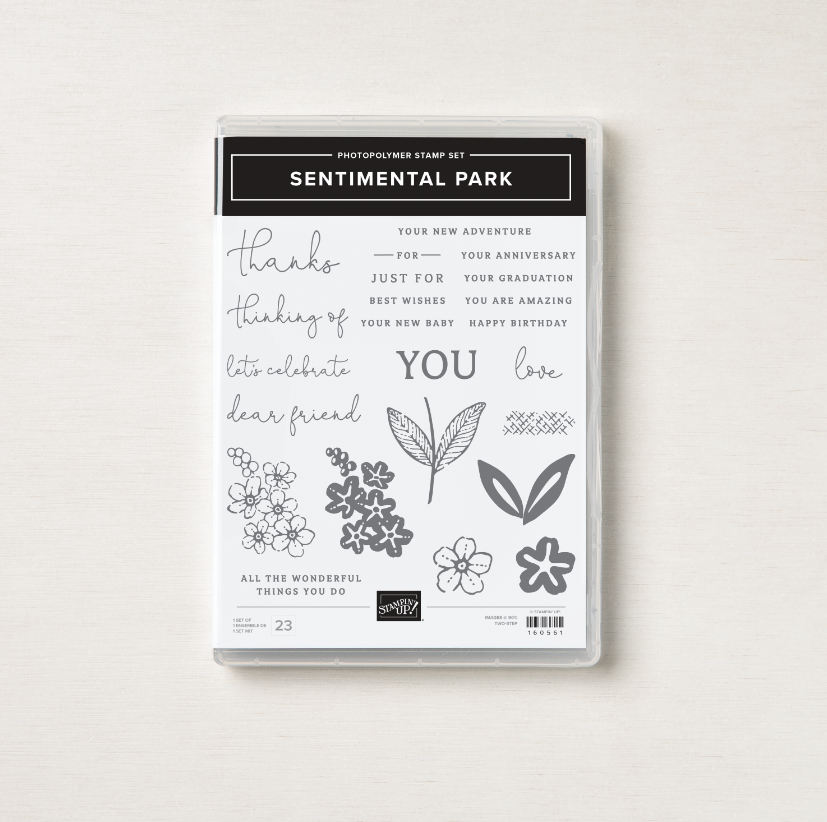
Another good option is to look for a set that relies on visuals rather than text. This means the messaging can be perfectly individualized to the card’s recipient. You can either feature your handwriting as an added personal touch or combine it with any greeting stamps you may already have. Plus, you benefit from expert designers’ art on each card, tag, or page you create.
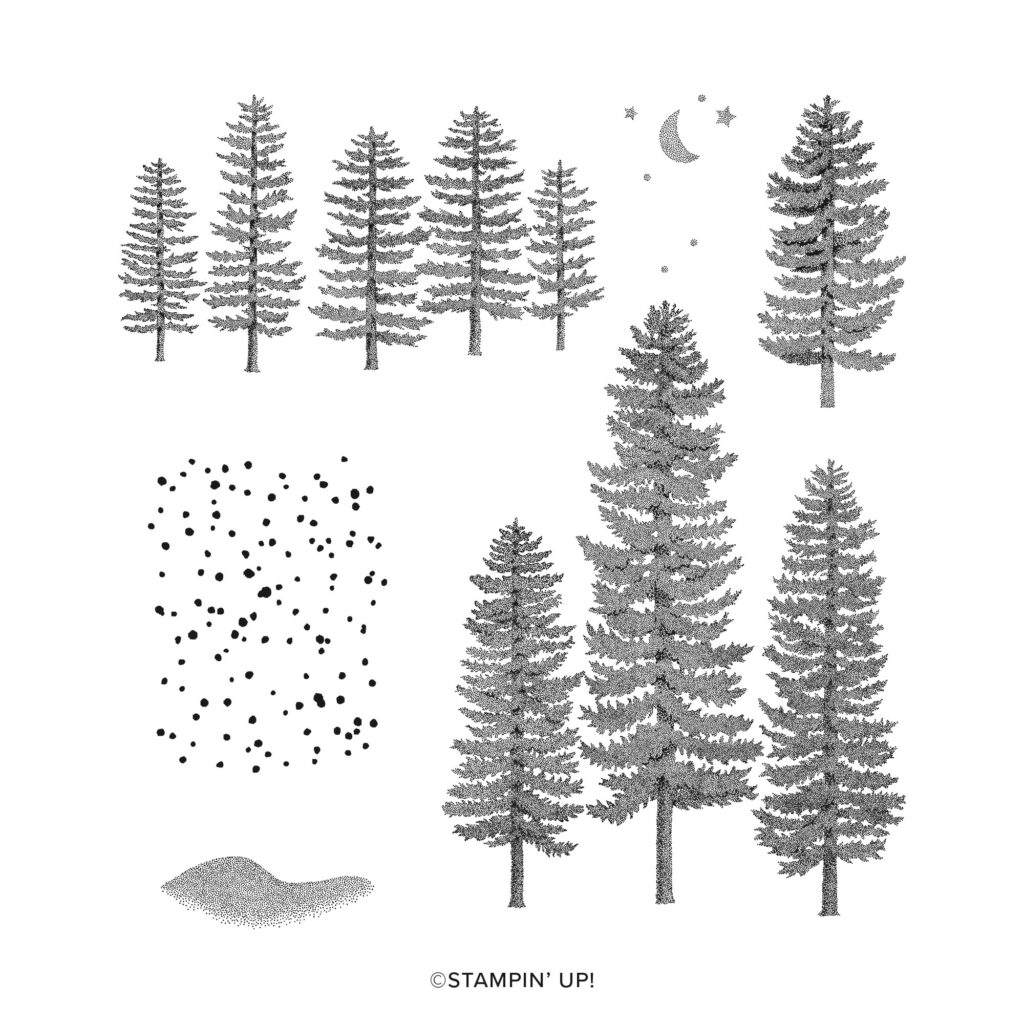
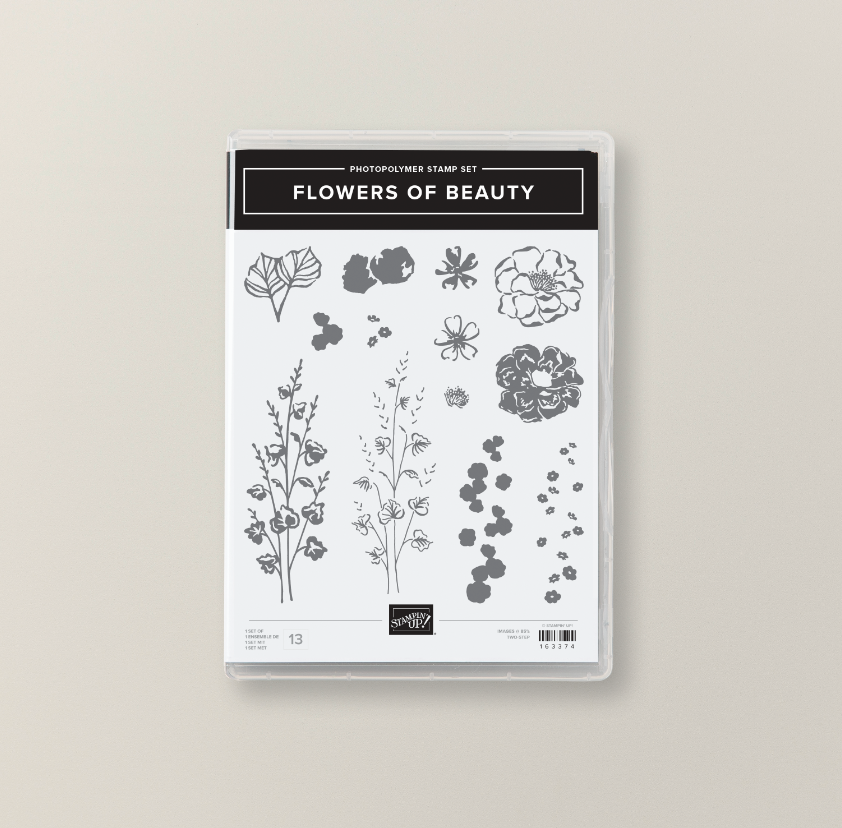
When choosing your first set, you’ll want to consider what material your stamps will be made of. Both rubber and photopolymer stamps are popular but for different reasons. Rubber stamps are traditional and sturdy, making them a great choice for ensuring those crisp, clean lines we all love. However, they’re opaque, so you can’t see exactly how a stamp is oriented when compared to the convenience of a clear photopolymer stamp on an acrylic stamp block. While made of a slightly softer material, these photopolymer stamps still produce a great image and offer the creative clarity of being able to align and layer your designs with ease.
Basic Techniques and How-Tos
The first thing to do to set the stage for a great stamping experience is to collect all of your supplies—decorative stamps, ink, paper, cleaning tools—and have them ready to go on a smooth, flat, and sturdy surface.
Now, whether you’re making a card, scrapbook page, gift tag, or simply stamping in your own journal, it’s time to get creative!
If you’re using photopolymer stamps, remove the stamp you’ve chosen from the protective plastic sheet and apply it to a similarly sized clear stamping block so you’re ready to apply ink.
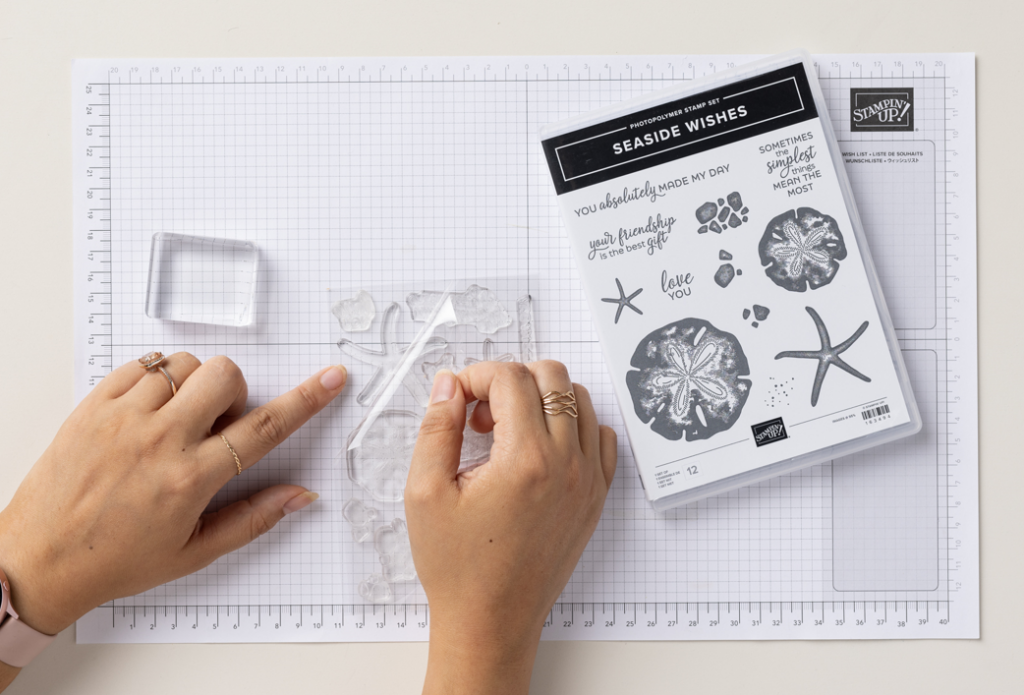
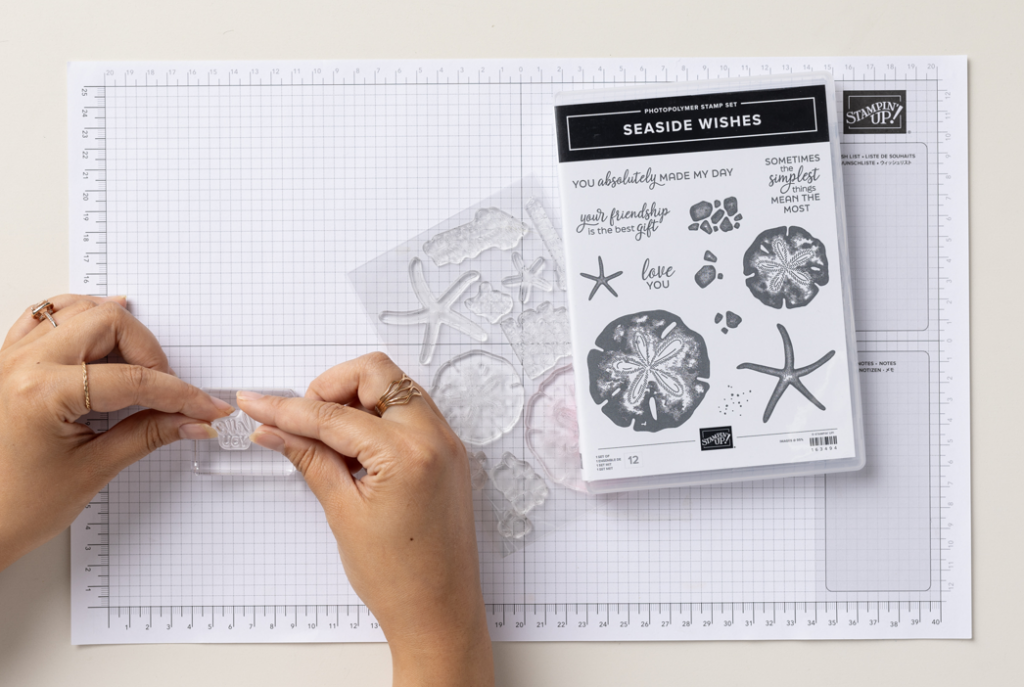
Our cling stamp sets come with a label sheet to adhere to back of your stamps to ensure you can reuse them over and over again. Here’s a video walking you through the process.
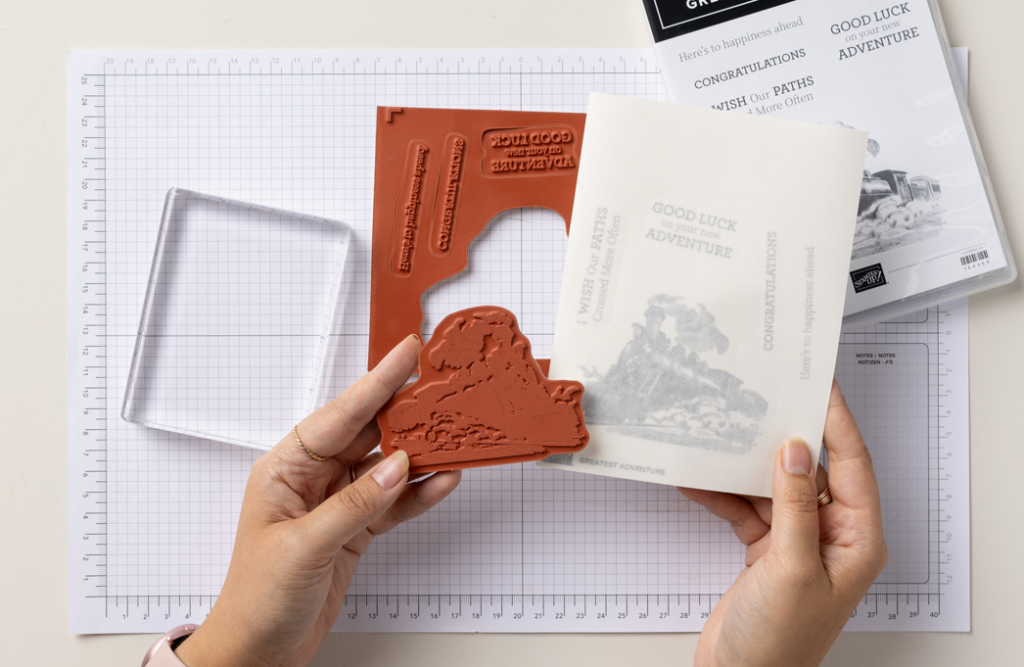
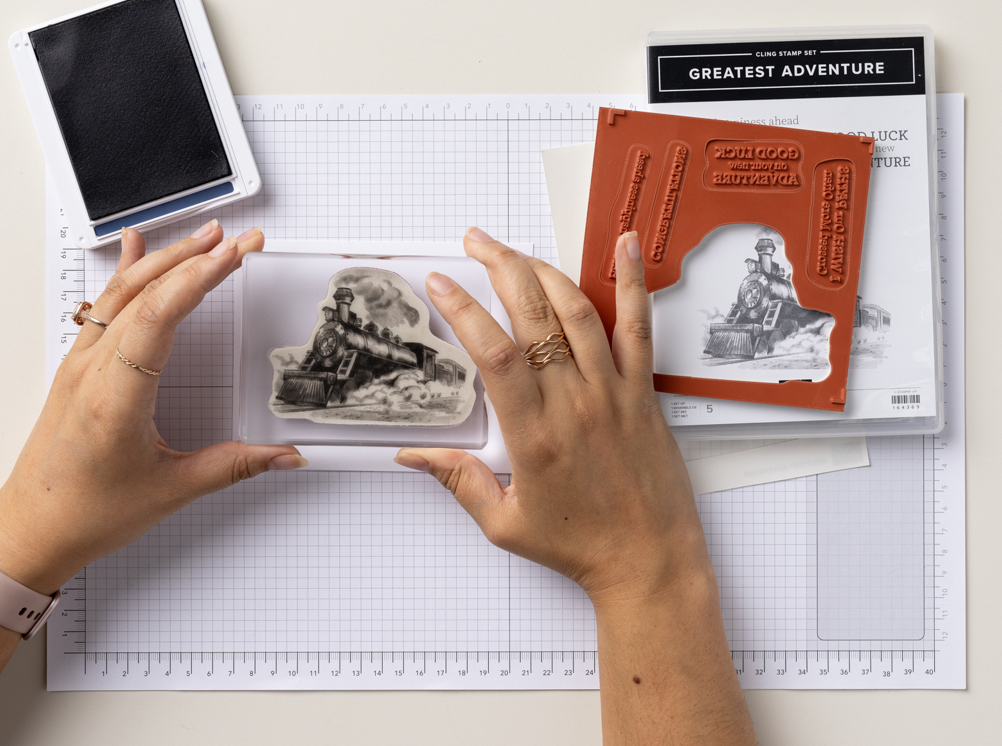
With either kind of stamp you’re using, one easy tip for applying ink evenly is to place the stamp face-up on your table and dab your ink pad onto the rubber or acrylic surface until it’s fully covered.
Don’t use a swiping motion or you’re likely to get lines in your ink print and a build-up of ink on the edges of the stamp’s design that can cause blotches on your image.
At this stage it’s a good idea to wipe up any excess ink found on the edges of your stamping block before putting ink to paper for a clean print.
Gently press your stamp to the paper, being careful not to wiggle back and forth, especially with softer photopolymer stamps. This can cause smudging when you really want that clear, smooth line of the stamp’s design. Lift the stamp straight up from the paper, and voila—you should be left with a clear image of nicely saturated ink.
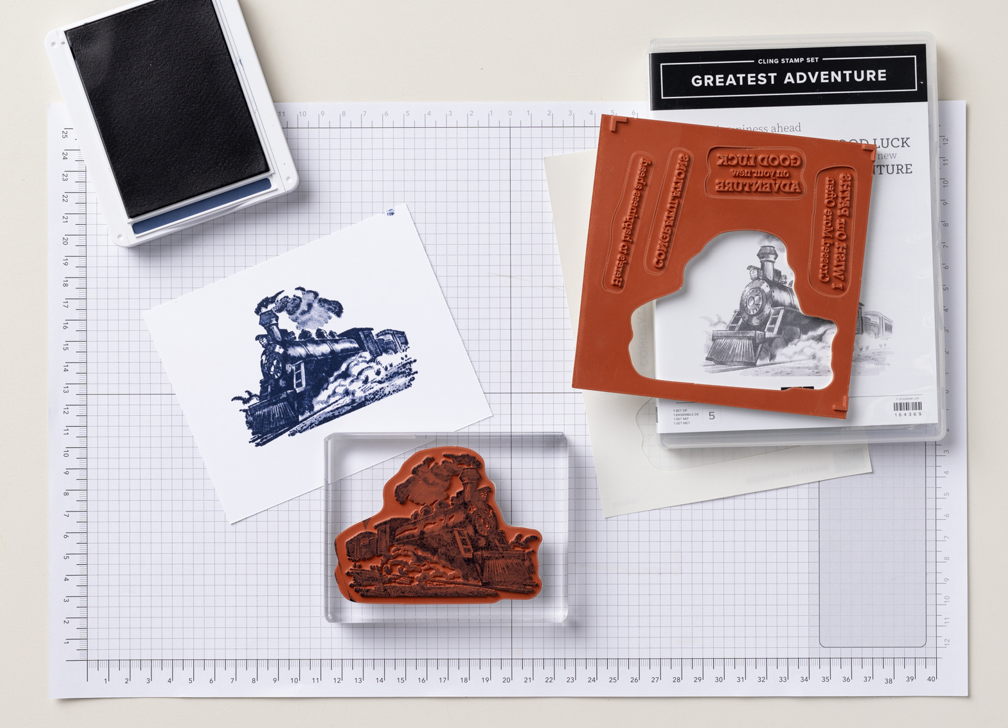
While you wait a few seconds for your stamped image to dry, blot the stamp on a piece of scrap paper to remove excess ink, use Stampin’ Mist and a Stampin’ Scrub™ or the Simply Shammy to remove leftover ink.
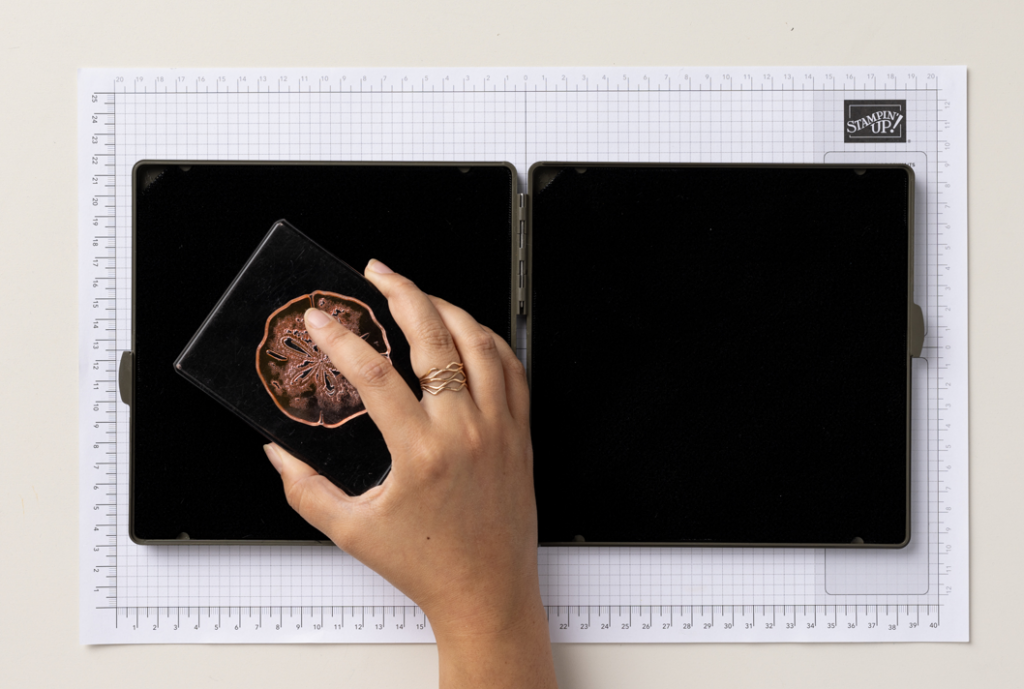
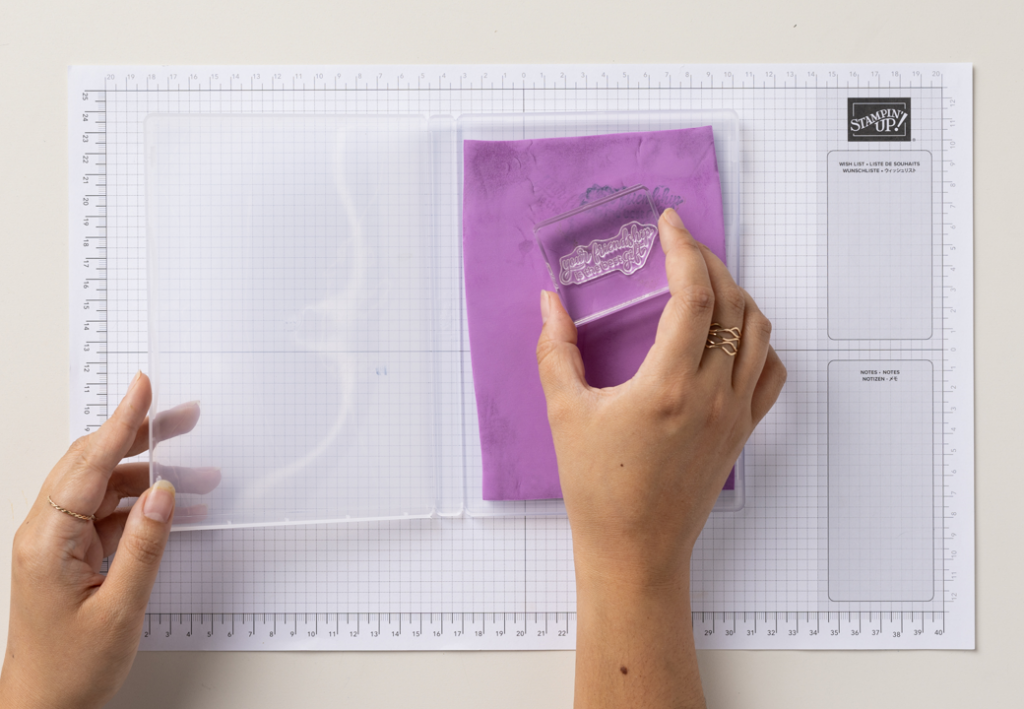
Here are a few tips for when you’re just learning how to use stamps in crafts:
- Practice a few times before stamping directly onto your card or scrapbook page.
- Experiment with placement by cutting out one of your practice stamped images and arranging it on your card or page before actually stamping directly onto it.
- Don’t forget to clean your stamps and store them properly after each use. Keeping your stamps away from bright light or temperature extremes is key to their longevity.
Easy Stamp Crafting Tips
Once you’ve practiced stamping and are feeling more confident in your creativity, it’s fun to experiment with stamp art and all the ways you can create with the medium. Here are a few easy stamp crafting tips that will not only increase your skills but expand your paper crafting possibilities.
- Elevate your designs by filling stamp prints in with colored pencils or markers made for that purpose. Pro tip: if using our Stampin’ Blends alcohol markers, be sure to use Memento Ink to stamp your image so it won’t bleed when you fill it in.
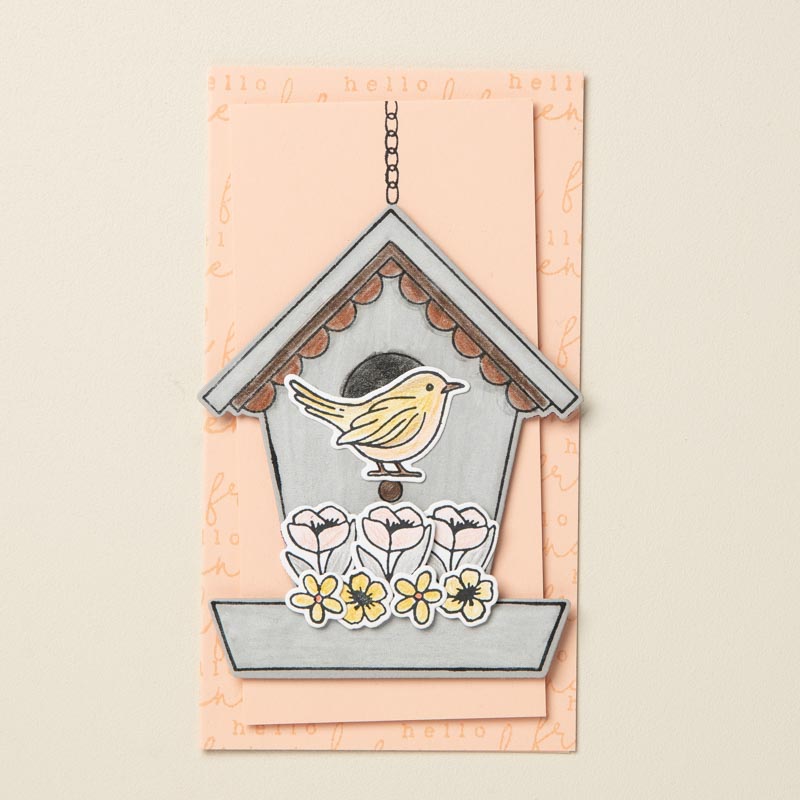
- Create visual dimension by layering plain and patterned papers beneath your inked images.
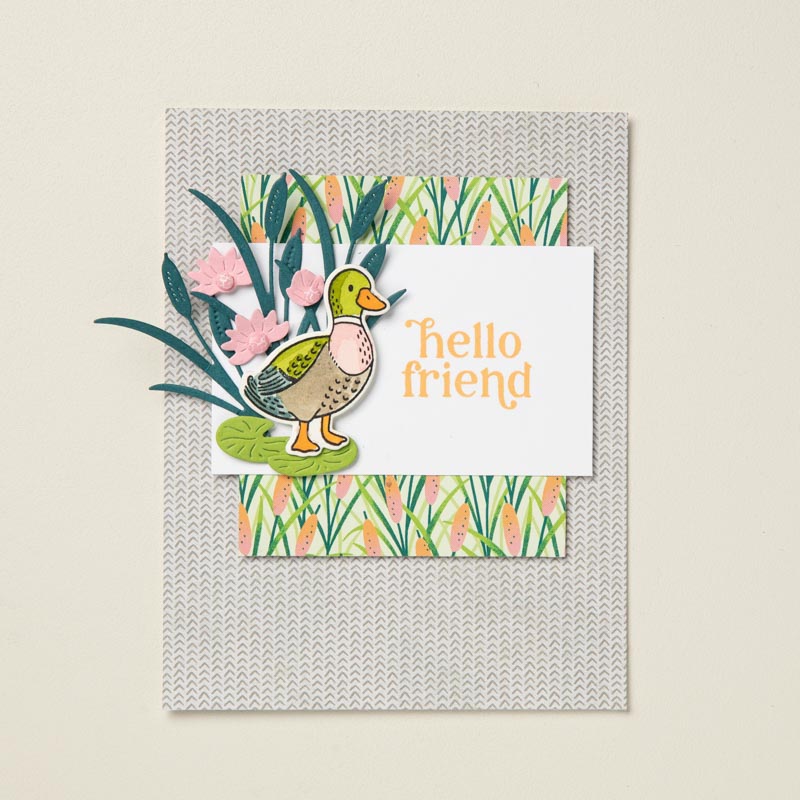
- Add extra-dimensional pop to your stamped images with foam adhesives.
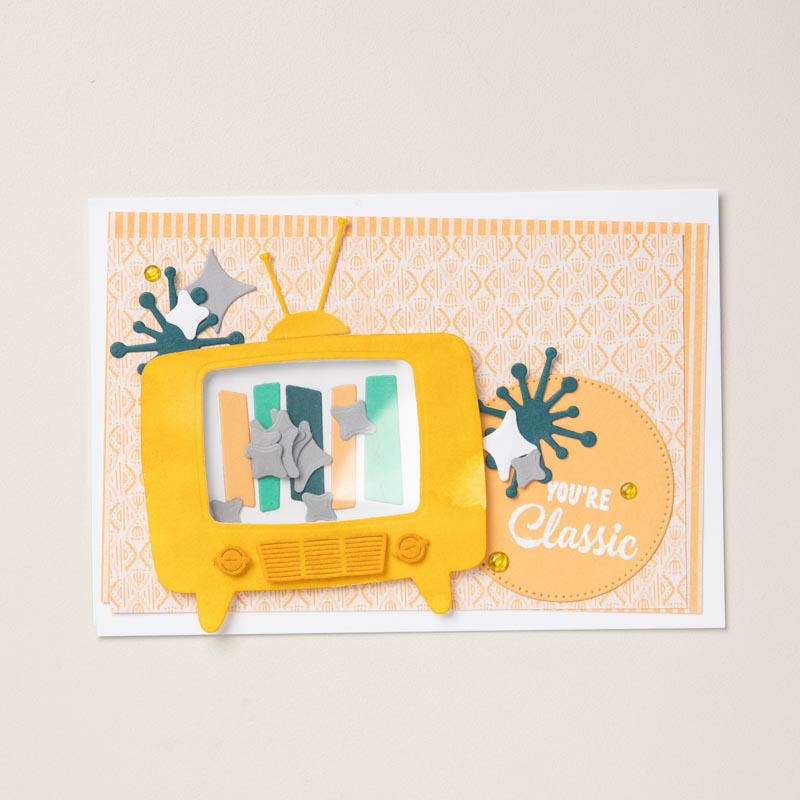
- Using the same stamp over and over can be a fun technique. Try repeating patterns or lining up the same stamped design in a few different ink colors to create beautifully unique designs.
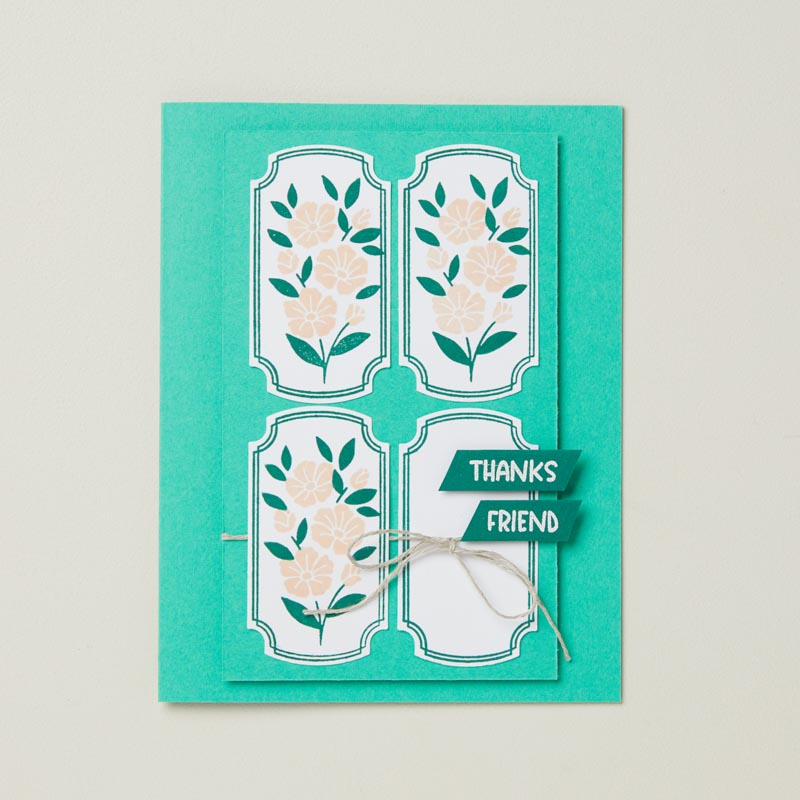
Expanding Your Stamp Crafting Skills
Once you’ve experienced the joy of crafting with stamps, odds are you will want to expand your skill set, which often goes hand in hand with expanding your stamp collection. Sometimes, you fall in love with a new stamp set, and sometimes, you’re inspired by a new application for stamping, but either way, you’re bound to increase your enjoyment.
When you’re ready to build on your new stamp crafting skills, consider just a few more ideas for where stamping could be used!
- Notebook covers
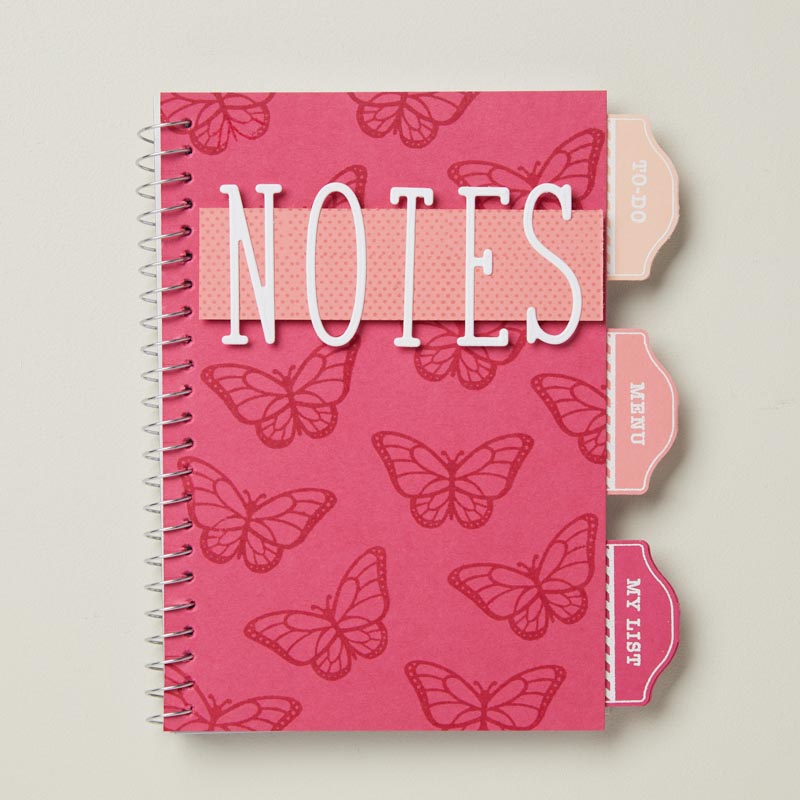
- Journal pages
- Easter basket tags
- Lunch bag notes
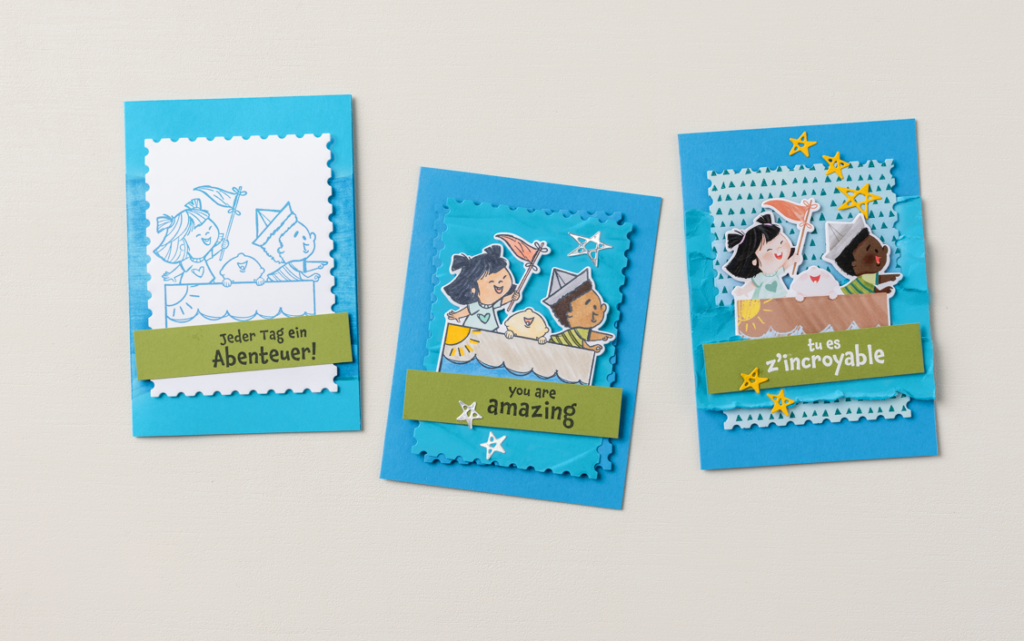
- Gift boxes
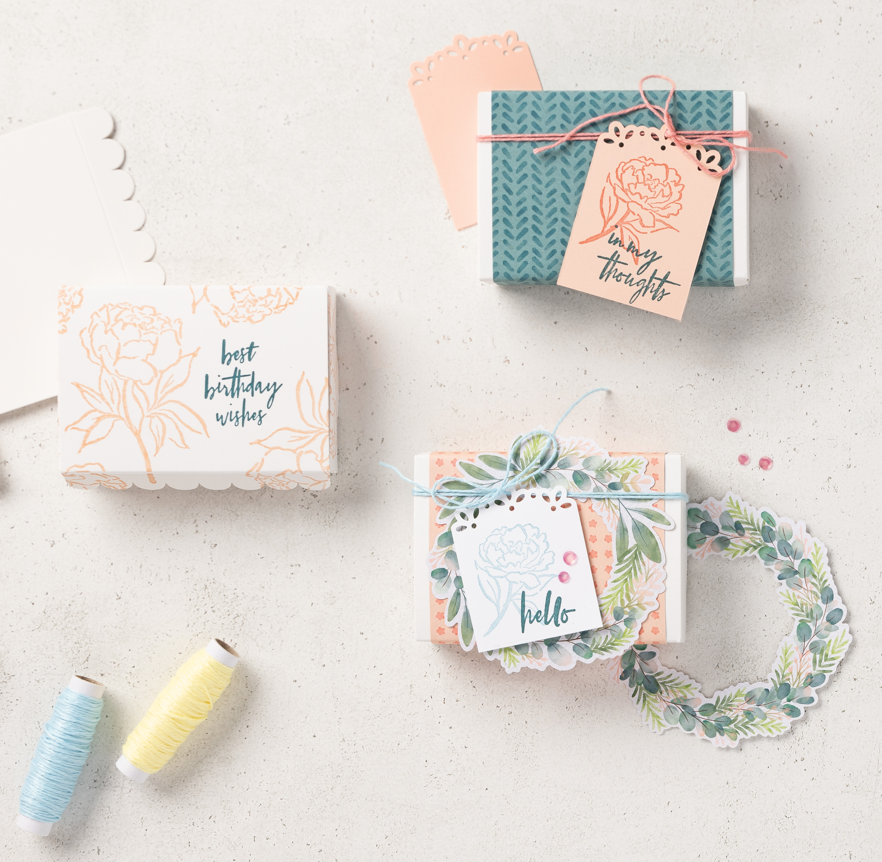
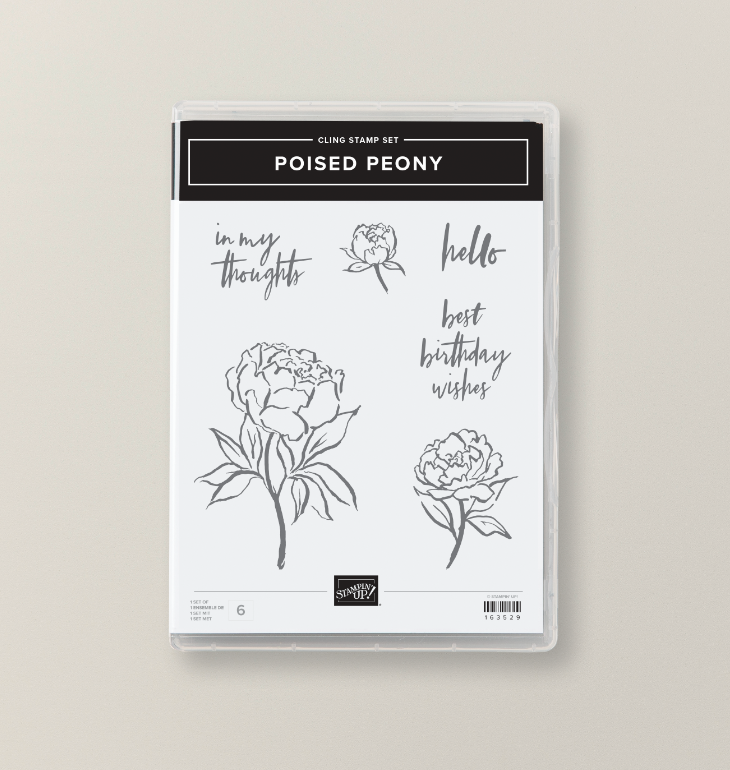
- Invitations
- Treat bags
- Create your own memory games or coloring books
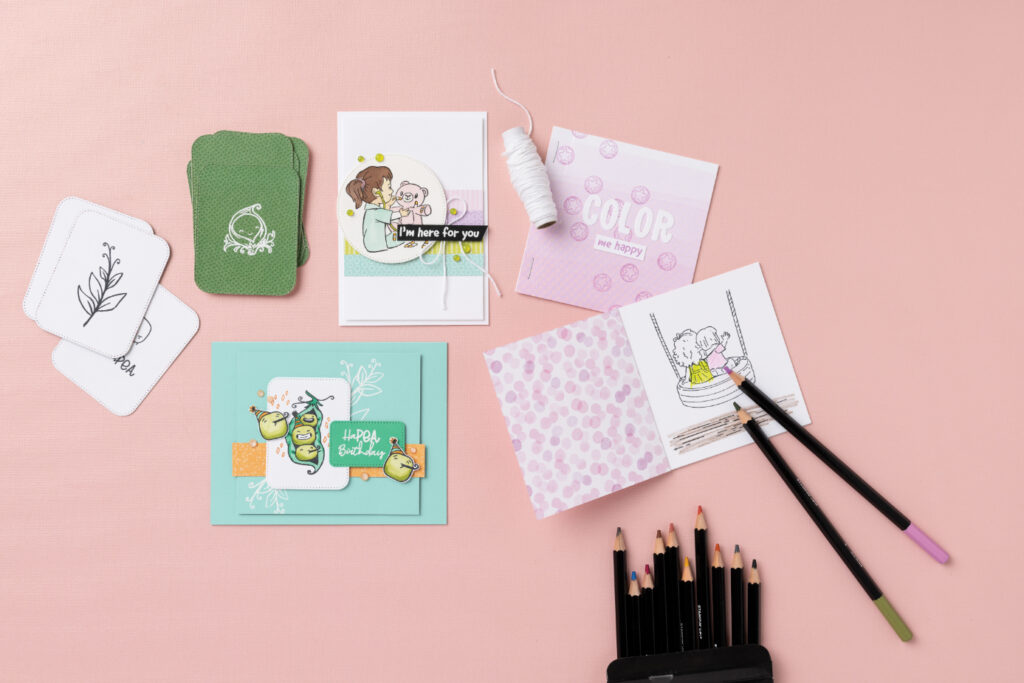
FAQ Stamp Crafting
Have a few more questions about crafting with stamps? Check out these frequently asked questions.
Q: How do I get started with stamp crafting?
A: Getting started with stamp crafting is simple! With just one stamp, an ink pad, a stamp block, some paper, and the how-to guide found above, you’ll be able to create basic stamp crafts in no time.
Q: What are the best stamps for crafting for beginners?
A: Photopolymer stamps are great for beginners and many enjoy the convenience and clarity offered by these stamps.
Q: What tools do I need for stamp crafting?
A: The basic tools for stamp crafting are stamps and ink, as well as something to stamp on, of course. That said, you will likely appreciate a few other supplies, such as stamp cleaning tools (a stamp scrub or shammy, for instance) to increase your stamps’ longevity and a few alcohol markers for coloring in a stamped image.
Q: How do I use photopolymer stamps in crafting?
A: Photopolymer stamps can be used nearly the same way rubber stamps can. They are great for beginners in that you’ll be able to see right where you’re placing your stamped image each time. Using photopolymer stamps, you can create greetings on cards, background imagery, messaging for gift tags, and more.
Q: What’s the difference between cling, photopolymer, and rubber stamps?
A: Photopolymer stamps are made of a flexible plastic material and are see-through which allows for precise placement of your stamped design. Rubber stamps are made from a slightly stiffer material, which means they offer a slightly crisper line than photopolymer stamps. Our rubber stamps are made to cling to a block, much like photopolymer stamps, and are therefore called cling stamps—but as they’re still opaque, it’s more difficult to see where they’re being placed.
When you’re ready to use a photopolymer stamp, remove the stamp you’ve chosen from the protective plastic sheet and apply it to a similarly sized clear stamping block so you’re ready to apply ink.
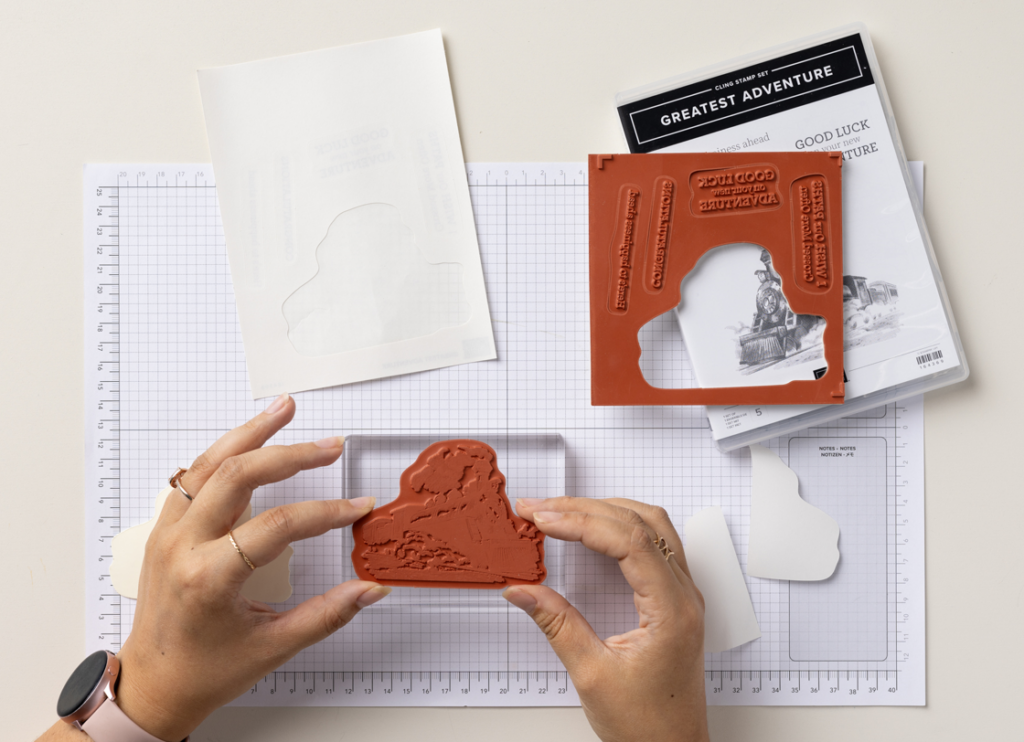
If you’re using a cling stamp sets, those come with a label sheet to adhere to back of your stamps to ensure you can reuse them over and over again.
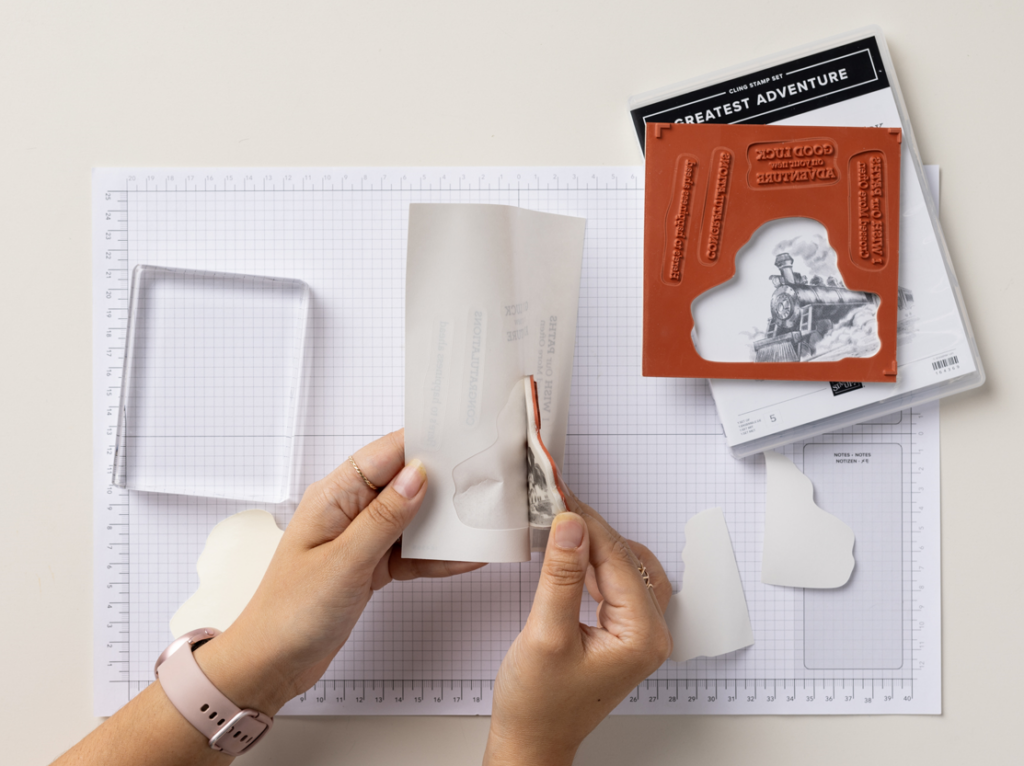
Q: How can I use stamps for card making?
A: Using stamps for card making allows you to send unique greetings to friends and family. Stamp congratulatory messages or indicate your sorrow for their loss with beautifully designed sentiments, create pretty background patterns, or simply showcase a bouquet of flowers for any occasion using stamps on your handmade cards.
Q: What are some creative ways to use stamps in scrapbooking?
A: Some of our favorite ways to use stamps in scrapbooking include:
- Page titles.
- Using small stamps as the “bullets” in a list.
- Creating borders around favorite photographs.
- Designing your own unique patterns on otherwise plain papers.
- Stamping a larger image and using it like a sticker or other embellishment.
Q: How do I clean and maintain stamping tools?
A: Cleaning your stamps is crucial if you want them to last and deliver a crisp image every time. Start by spraying the Stampin’ Scrub™ with water or Stampin’ Mist, then wipe the stamp on the wet side and then the dry side. You can also clean your stamps by lightly spraying them with water or Stampin’ Mist and then wiping the ink off with our lint-free Simply Shammy. Always let them dry fully before storing them, and keep your stamps away from bright lights and extreme temperatures.
Q: Where can I find inspiration for crafting with stamps?
A: As a beginner crafting with stamps, look for inspiration from the pros. The Stampin’ Up! annual catalog offers a range of styles and levels of stamp crafting. And don’t be intimidated by any advanced designs—remember, we are all beginners at some point! Plus, even designs beyond your current stamping ability can spark your imagination with color combinations, a new stamp set to add to your collection, or a way to use stamps you’ve never thought of before.
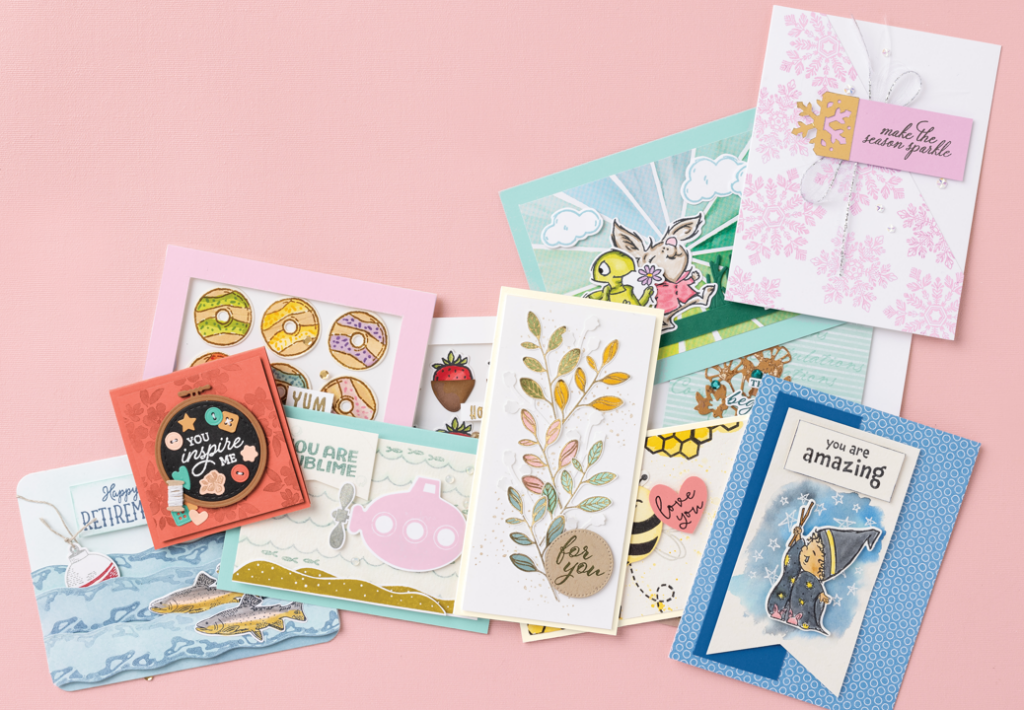
Get Started with Stamping
Do you feel that spark of creativity burning? How about the excitement of learning to craft with stamps? Gaining a new skill and experimenting with how to express your own unique point of view is a joy we can all embrace, whether we’re crafting for family and friends or simply for us to enjoy. Ready for more inspiration or even your first stamp set?
If you’re ready to get started and want help from a Stampin’ expert, we have a dedicated community of people who do just that! Stampin’ Up! demonstrators host classes to help people improve their stamping skills and offer guidance for picking the perfect tools to help you get started. Check out the new Stampin’ Up! stamp collections here and get to know our friendly and helpful community of Stampin’ Up! demonstrators you can connect with today!
